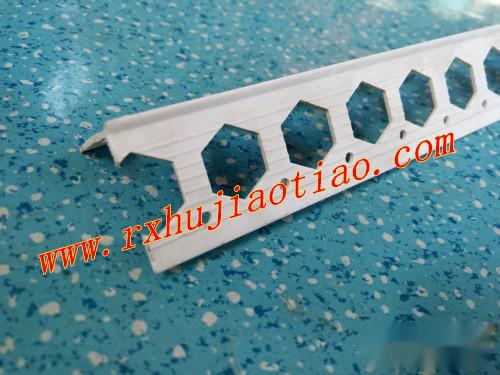An exterior corner refers to a protruding angle, while an interior corner is a recessed angle. For example, the corner at the edge of a window in a room that protrudes at a 90 degree angle is an exterior corner. The recessed angle where two walls meet is an interior corner. The terms exterior corner and interior corner refer to the specific locations of these angles!
Exterior corner trim, also known as corner finishing strips or corner beads, is a decorative trim used for the treatment of 90 degree protruding angles in tiles. It is designed to create a 90 degree fan-shaped arc surface on one side, with materials made ofPVC, aluminum alloy, or stainless steel.
Interior and Exterior Corners do not have to be 90 degrees or close to 90 degrees. The angles may vary depending on the specific layout of the space, but most corners are indeed 90 degrees. In summary: recessed is an interior corner, and protruding is an exterior corner. Evaluating the craftsmanship of masonry and painting workers is crucial when assessing the treatment of interior and exterior corners. Whether the corners are straight, vertical, and level is key in determining the skill level of the masonry and painting workers.
Tools/Materials
Interior and exterior corners, masonry, painting, putty,
Steps/Methods
1. At each vertical interior and exterior corner, use a plumb line to mark a vertical line and, using this vertical line as a reference, mark a line 500mm to the left and right parallel to the vertical line, defining this line as the “Interior and Exterior Corner Standard Line”.
The diagram shows a proper interior and exterior corner
2. Before applying the base layer to the wall, use plaster to level both sides of the interior and exterior corners within 500mm, ensuring that the deviation when checked with a 2 meter level does not exceed 2mm. Use plaster or wall lining to smooth out the areas beyond 500mm from the corners.















